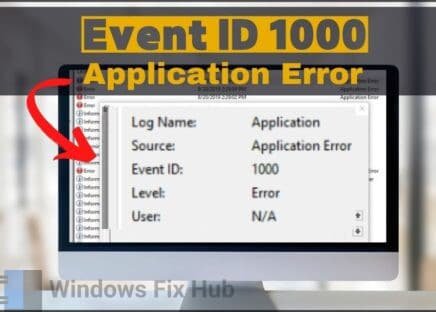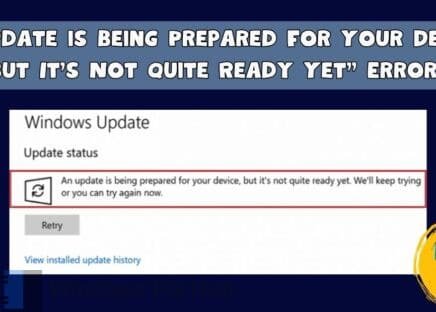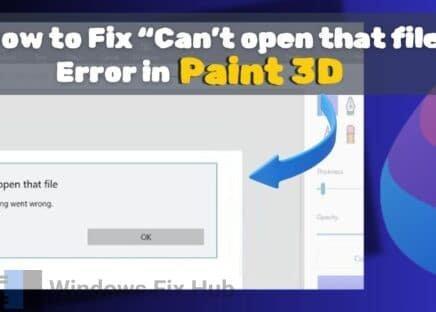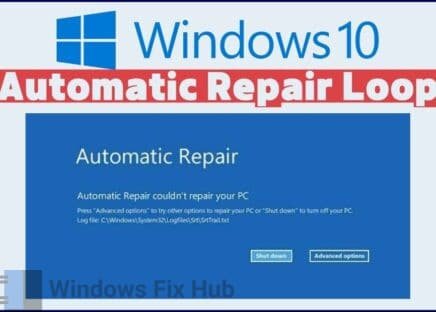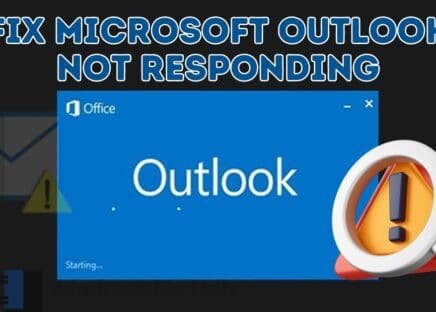Fix all your Windows errors automatically with iobit Advanced SystemCare & enhance your online security.
Are you getting the “Local Device Name is already in Use” error? This error is a problem that is often encountered by users who use shared folders or network drives. This happens when you try to access a network drive (like a shared folder) or map a drive to your computer but sometimes you’ll see the below error message pop up:
“An error occurred while reconnecting <drive letter> to <file path> Microsoft Windows Network: The local device name is already in use. This connection has not been restored”.
It indicates that the name you’re trying to assign to a network resource or drive is already being used by another device or mapping on your network. This clash prevents your system from properly recognizing and assigning the desired name.
Sometimes this error is also accompanied by a missing ‘D:’ drive letter on your Windows. You can check the link if you experience it and learn how to fix that, but now, let’s continue with the ‘Local Device Name is already in Use’ error and its resolution.
TRY IT NOW: Quick overview of the easy ways to Fix the “Local Device Name is Already in Use” error on Windows:
- Install Windows Updates: Install the latest Windows Updates to fix patches and bugs, potentially fixing the “Local Device Name is already in use” error.
- Ensure Adequate Space on the Network Server: If the server is running low on space, delete unnecessary files to free up some room.
- Reboot Computer Browser Service: Restart the Computer Browser Service to resolve conflicts in local file naming.
- Activate File and Printer Sharing: Check your firewall settings and make sure file and printer sharing is turned on.
Following these steps should help you get rid of the error, we will discuss each solution in detail with instructions to follow in the upcoming sections but firstly, let’s understand some causes of this error.
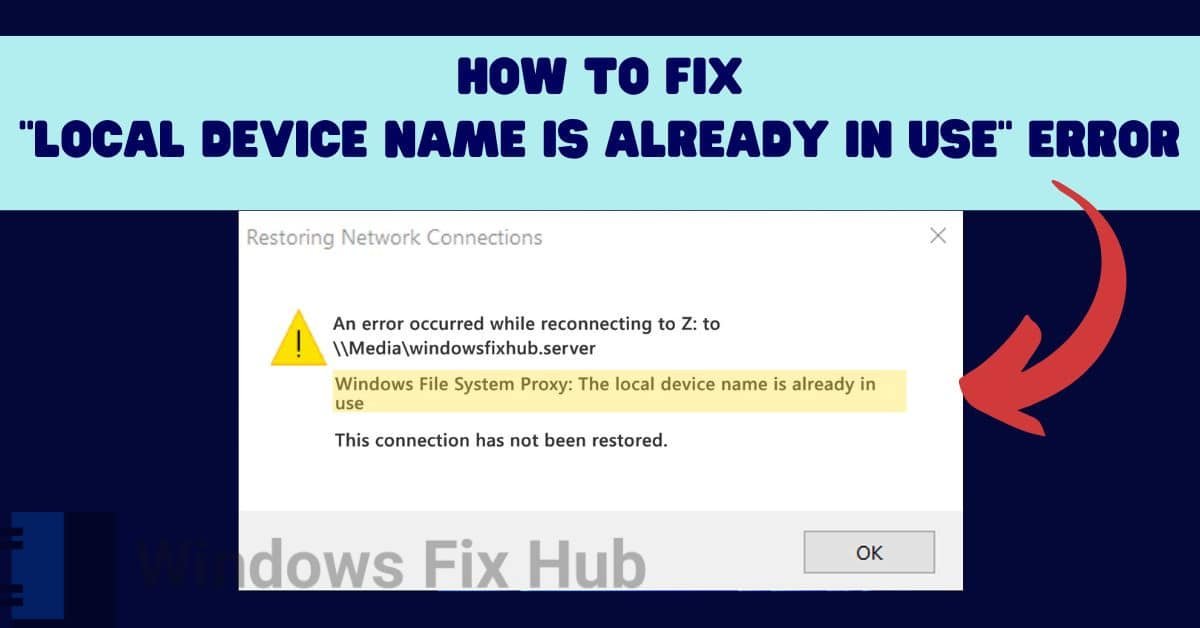
Why Does This Error Happen?
- Drive Mapping Glitches: Sometimes, when your computer tries to connect to a network drive, it messes up with the drive letters, causing this error.
- Missing Drive Letters: Your computer might not know which letter to assign to certain drives, causing confusion and leading to this error.
- Disabled File and Printer Sharing: If you’ve turned off file and printer sharing in your firewall settings, it can make networking tricky and cause errors like this one.
- Server Running Out of Space: If the server where your files are stored is running low on space, it can cause issues like this. You might need to free up some space on the server to fix it.
Now, that we have a basic understanding of the error, Let’s discuss each solution with detailed instructions.
4 Easy Solutions to Fix the
“Local Device Name is Already in Use” Error
Let’s get into the easy solutions to help you resolve the issue swiftly and get back to work hassle-free.
1: Install Windows Updates
If your computer is using an old version of Windows, it might be causing the error. To fix this, you should update Windows. Here’s how:
- Press the ‘Windows key and I’ at the same time to open “Settings”.
- Click on “Windows Update” from the options on the left side of the “Settings” window.
- Click on “Check for Updates”. If there are updates available, you’ll see an option to “Install Now”.
- Click on “Install Now” to begin updating your Windows.
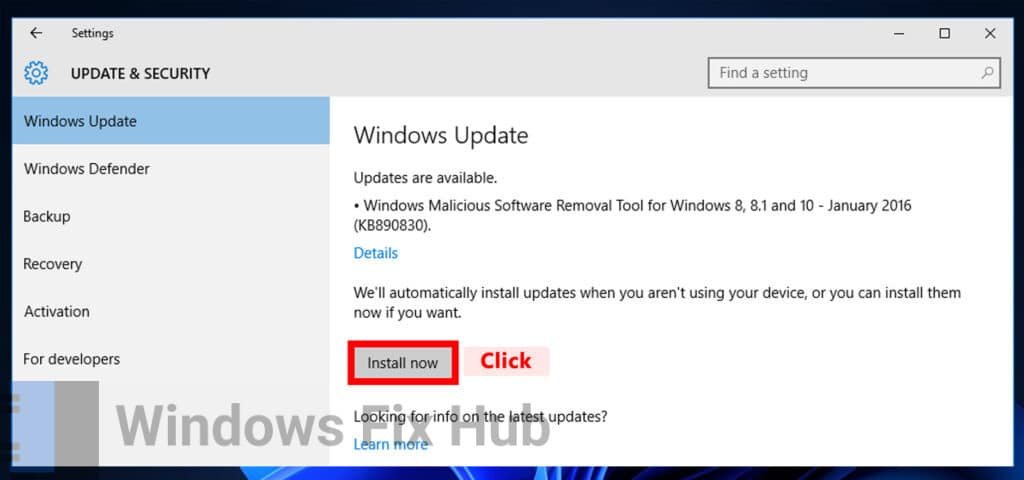
- After the update is finished, restart your computer. Then, try accessing your network drive again to see if the problem is fixed. This should resolve the error caused by using an outdated version of Windows.
2: Ensure Adequate Space on the Network Server
You might need to free up space on the server where your shared files are stored. Some Windows users found that this solved the problem.
- Make sure you free up some space on the main drive of the server where your files are stored.
- Aim to have at least 3-5 gigabytes of free space available on the server.
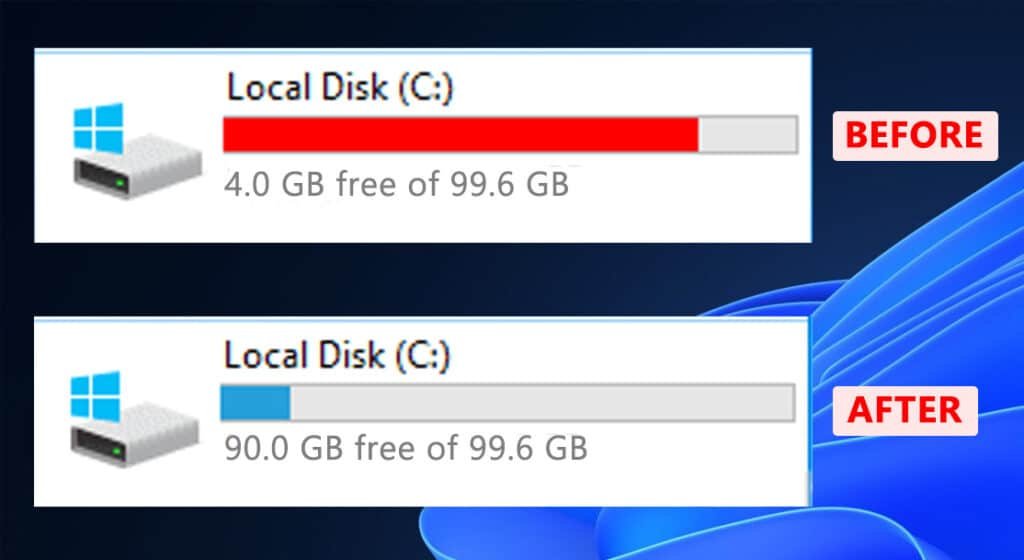
By doing this, you’ll ensure that there’s enough room for your files to be accessed properly without encountering the error message.
3: Reboot Computer Browser Service
Another way to fix this error is by restarting the computer browser service. Sometimes, if this service isn’t working properly, it can cause the error to pop up. Here’s how you can do it:
- Press the ‘Windows + S keys‘, then type “cmd” into the search box. Select “Run as administrator”.
- Click “Yes” when prompted.
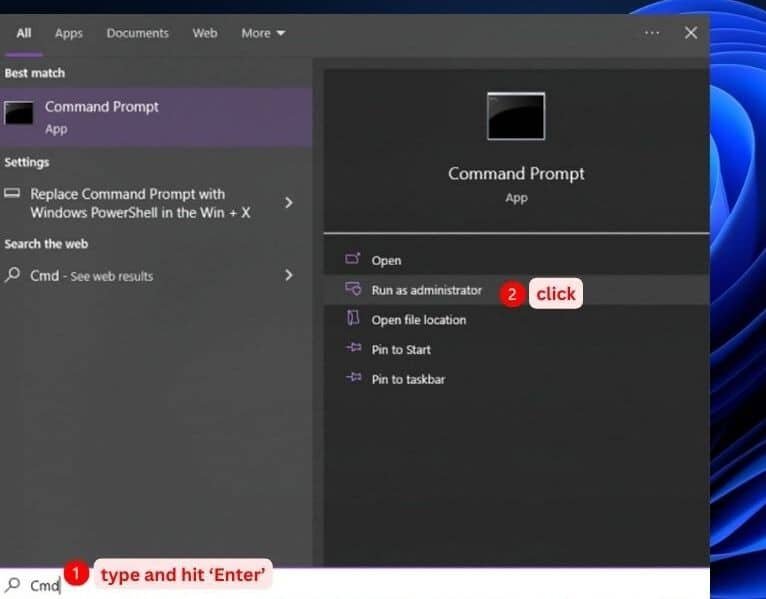
- In the “Command Prompt” window that opens, type below and press ‘Enter’.
net stop "Computer Browser"

- After the command executes, type the below command and press ‘Enter’:
net start "Computer Browser"

- Check to see if the problem is fixed after completing these steps.
4: Activate File and Printer Sharing in Firewall Settings
To make sure your shared drives work properly, you need to allow file and printer sharing through your computer’s firewall. Here’s how you can do it:
- Press the ‘Windows + R’ keys, then type “Control Panel” in the box that appears and press ‘Enter’.
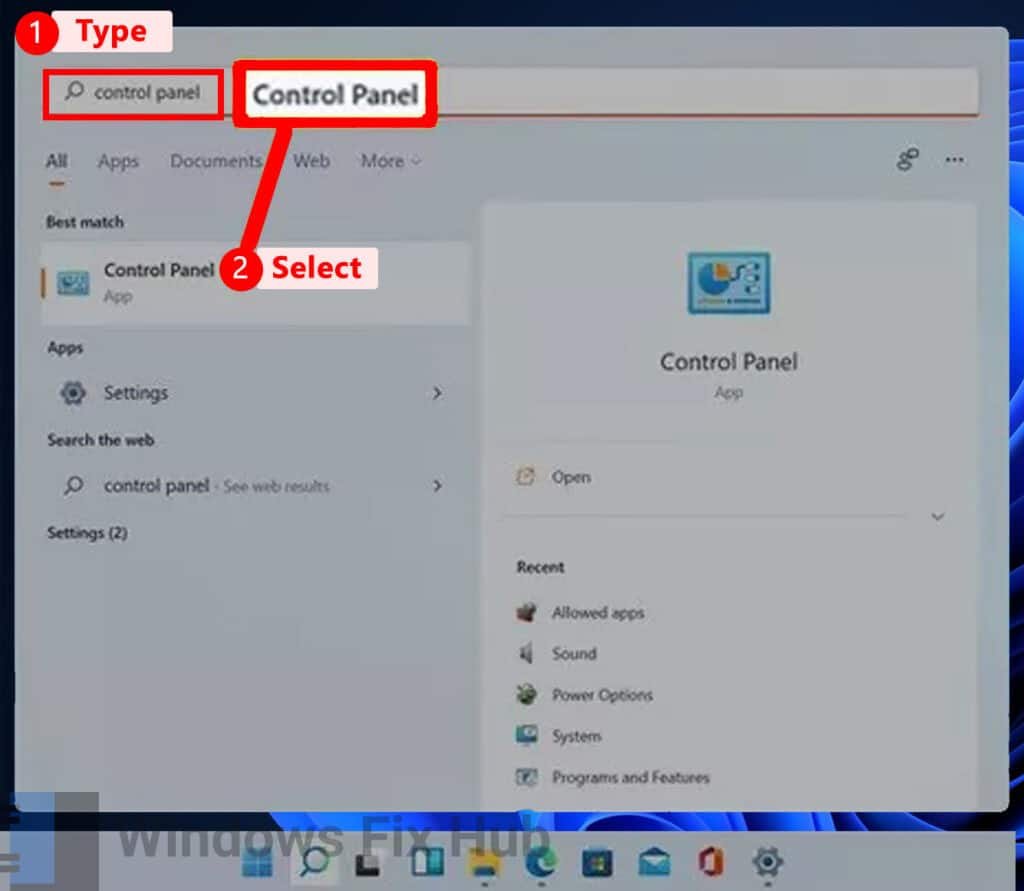
- In “Control Panel” , make sure the view is set to “Large icons” in the upper-right corner.
- Look for “Windows Firewall” and open it.
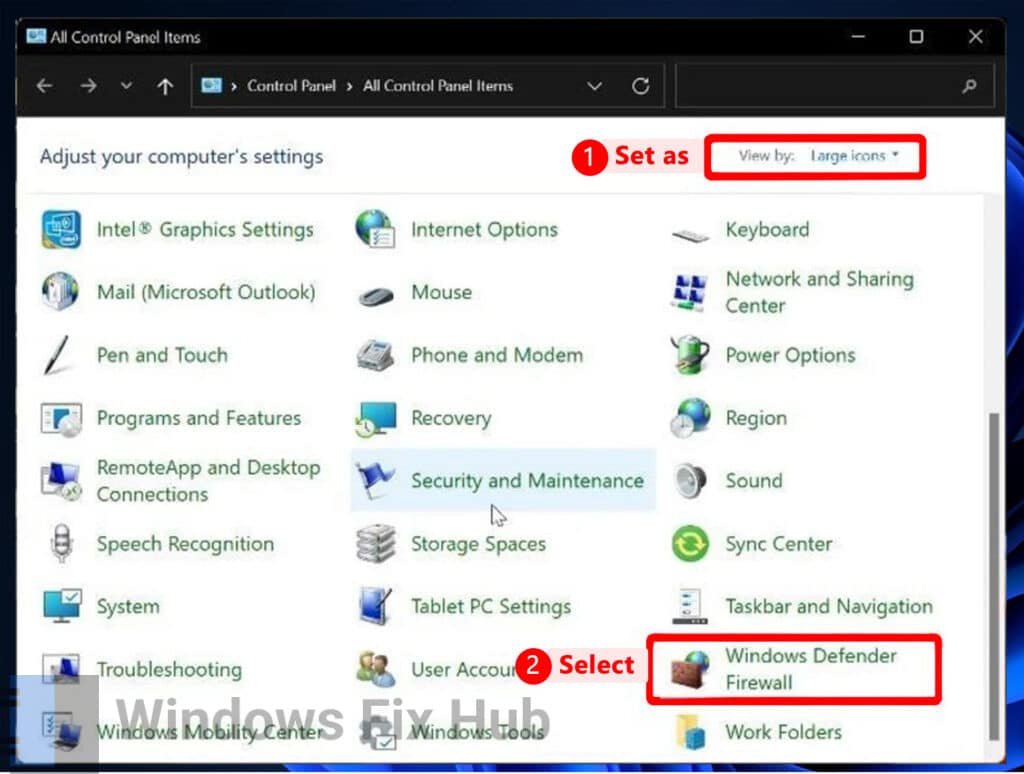
- Click on “Allow an app or feature through Windows Defender Firewall”.
- Then, select “Change settings” located in the upper-right corner of the window.
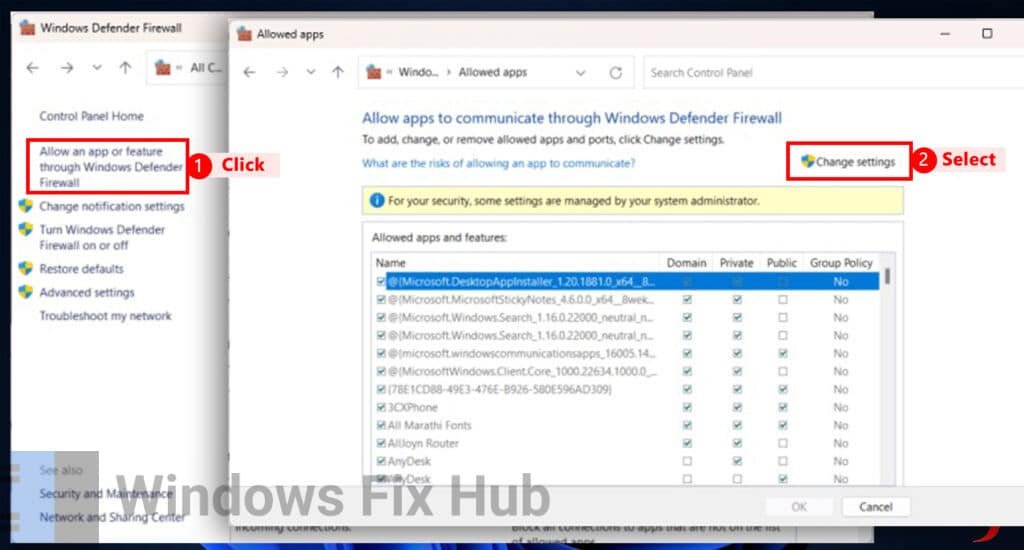
- Scroll down until you find “File and Printer Sharing” and check the box next to it under the “Private” section.
- Click “OK” to save the changes.
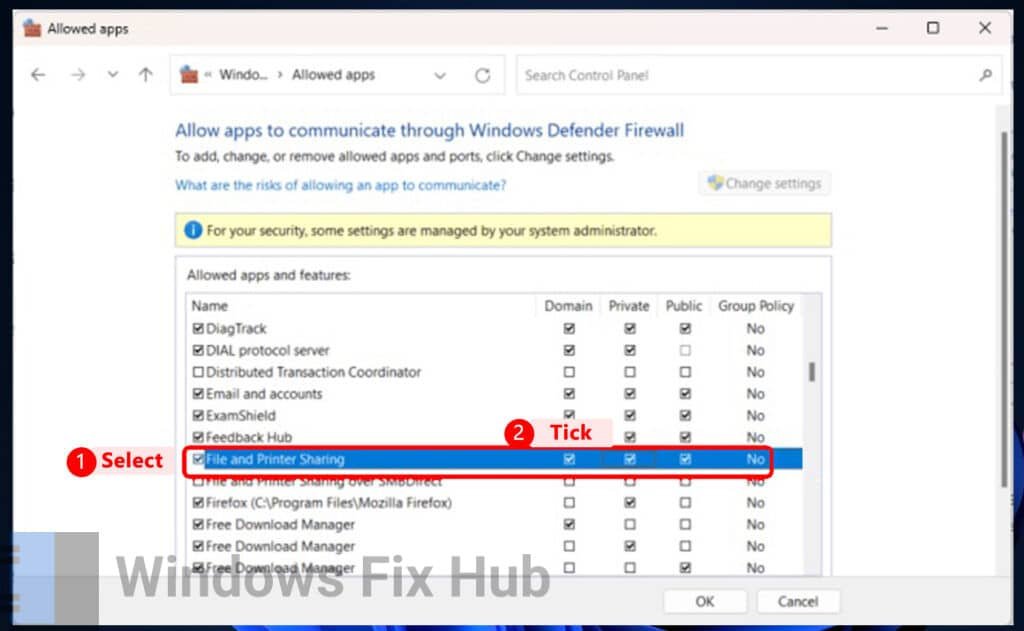
- Restart your computer after making these changes to ensure they take effect.
That’s it! Now your firewall should allow file and printer sharing, which should help resolve the issue with your shared drives.
4 Advanced Ways to Solve the
“Local Device Name is Already in Use” Issue
If the easy solutions didn’t work for you, fear not. These advanced solutions might be a bit technical, but with clear instructions provided, you’ll be able to resolve the error effectively.
1: Remap the Network Drive by Disconnecting and Reconnecting Using Command Prompt
When you’re having trouble with a network drive, you can try disconnecting it and then connecting it again using a special command in Command Prompt. Follow these steps:
- Press the ‘Windows + S’ keys to open the ‘Windows search bar’. Then type “Command Prompt”.
- Click on “Command Prompt” in the search results and select “Run as administrator”. This will open “Command Prompt” with special permissions.
- Now, type or copy and paste this command into the “Command Prompt” window:
net use Drive_Letter /delete
Note: Make sure to replace “Drive_Letter” with the letter of the drive you want to disconnect.
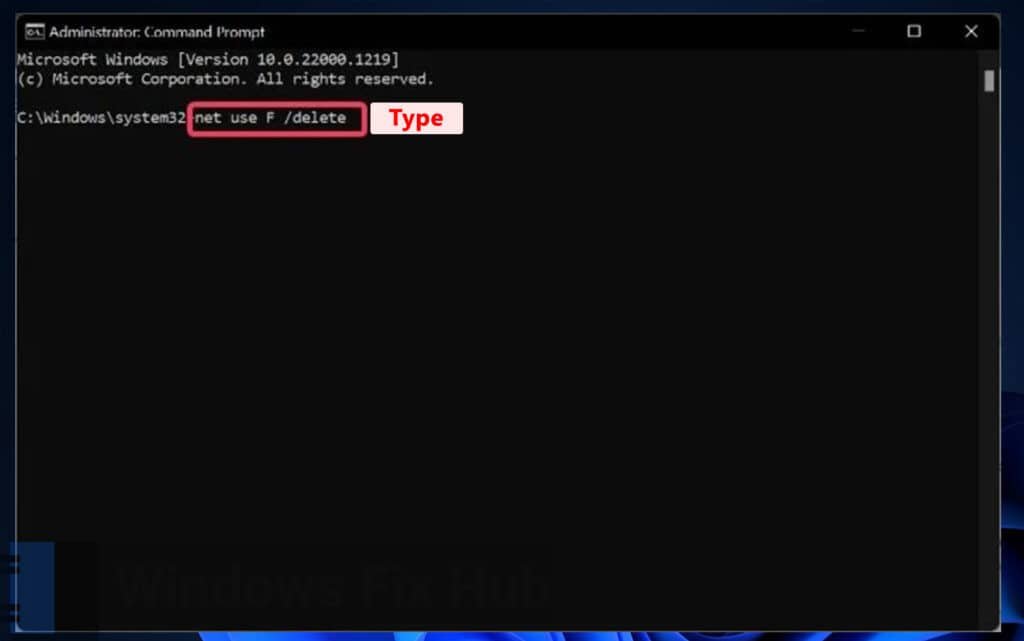
- Press ‘Enter’. You’ll see a message confirming that the drive has been successfully disconnected.
- Next, type or copy and paste this command into the “Command Prompt” window:
net use Drive_Letter: \\server\share /user:username password
Note: Replace “Drive_Letter” with the letter you want to assign to the drive. Also, replace “server\share” with the location of the network drive you’re trying to connect to. Lastly, replace “username” and “password” with your network username and password.
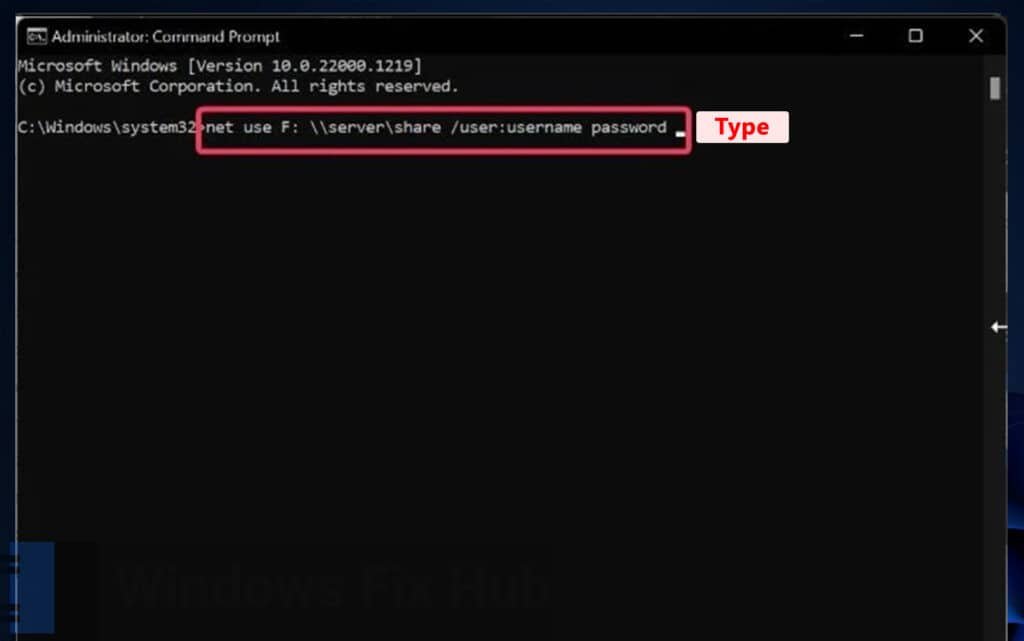
- Press ‘Enter’. This will reconnect the drive with the new settings.
- After doing this, you can check if the network drive is working properly again. This method is recommended by Microsoft to fix issues with network connections.
2: Modify or Assign Drive a Different Drive Letter
If the network drive problem persists, it might be because the drive doesn’t have a letter assigned to it or it has a different letter from the one it’s supposed to have in Windows Disk Management. You can fix this by following these steps:
- Press the ‘Windows + R’ keys to open the “Run” command box.
- Type “diskmgmt.msc” into the box and hit ‘Enter’. This will open “Disk Management”.
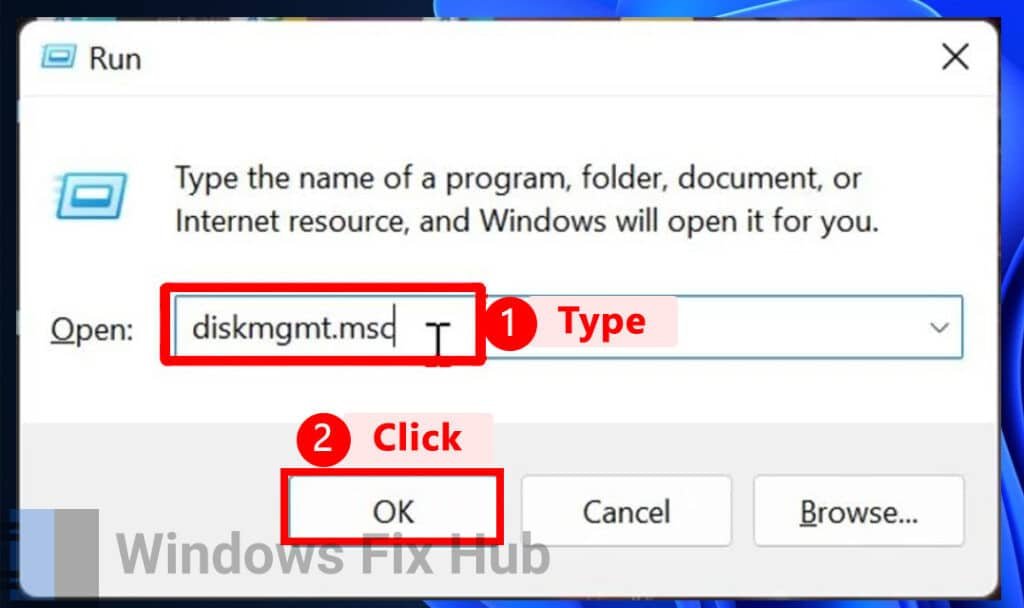
- Find the disk you want to work with, right-click on it, and select “Change Drive Letters and Paths” from the menu.
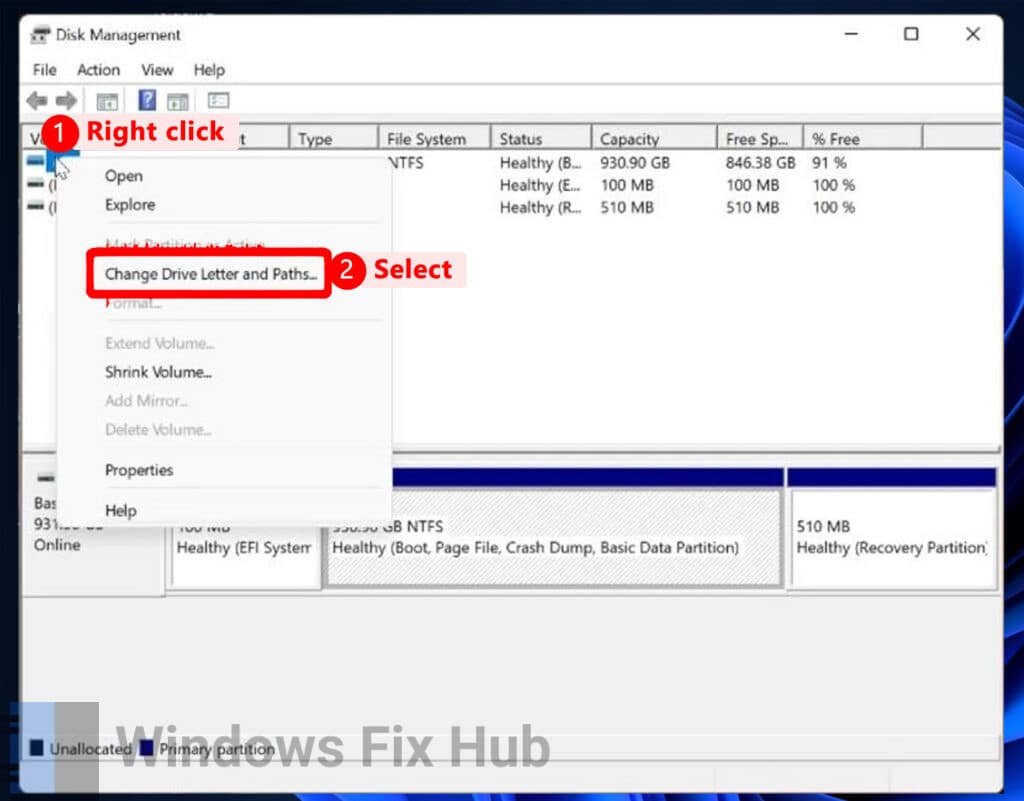
- If there’s no letter assigned, click “Add” to give it a new letter. If it has the wrong letter, click “Change” to select the correct one from the list.
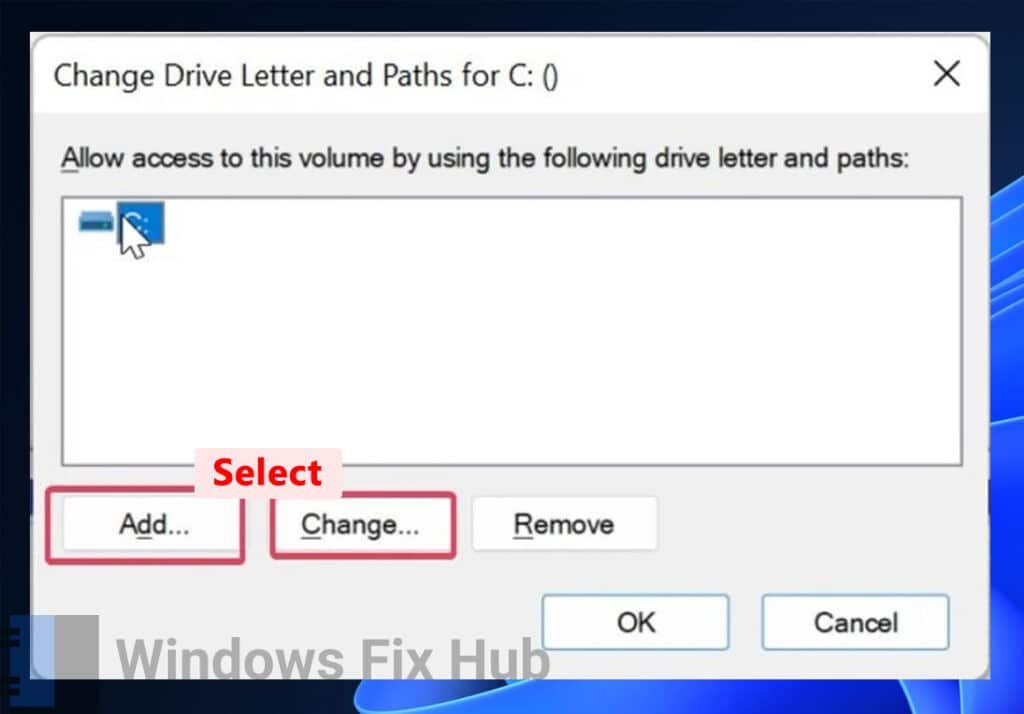
- Choose a new letter from the available options, but avoid selecting “A” or “B”.
- Click “Apply” and follow any prompts that show up before closing the window.
Note: Make sure the drive you’re changing isn’t being used, or the changes won’t apply properly.
3: Delete MountPoints2 Key from the Windows Registry
If the previous fixes didn’t work for the “The local device name is already in use” error, you can try deleting a certain key in the Windows Registry called MountPoints2. Here’s how:
- Press the ‘Windows+R’ keys to open the “Run” Command box.
- Type “regedit” into the field and press ‘Enter’. This opens the “Registry Editor”.
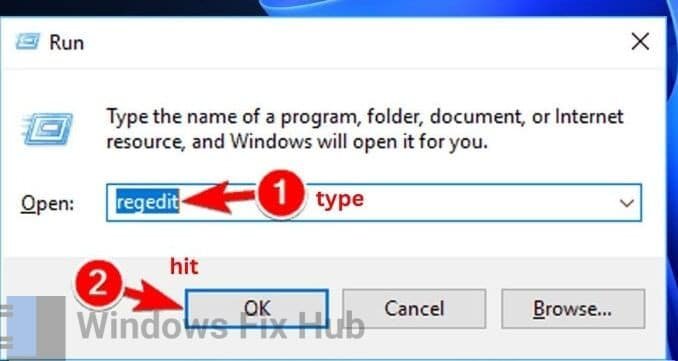
- In the “Registry Editor”, navigate to a specific location by following this path:
Computer\HKEY_CURRENT_USER\Software\Microsoft\Windows\CurrentVersion\Explorer - Look for a key called “MountPoints2” under the “Explorer” key.
- Right-click on “MountPoints2” and select “Delete”.
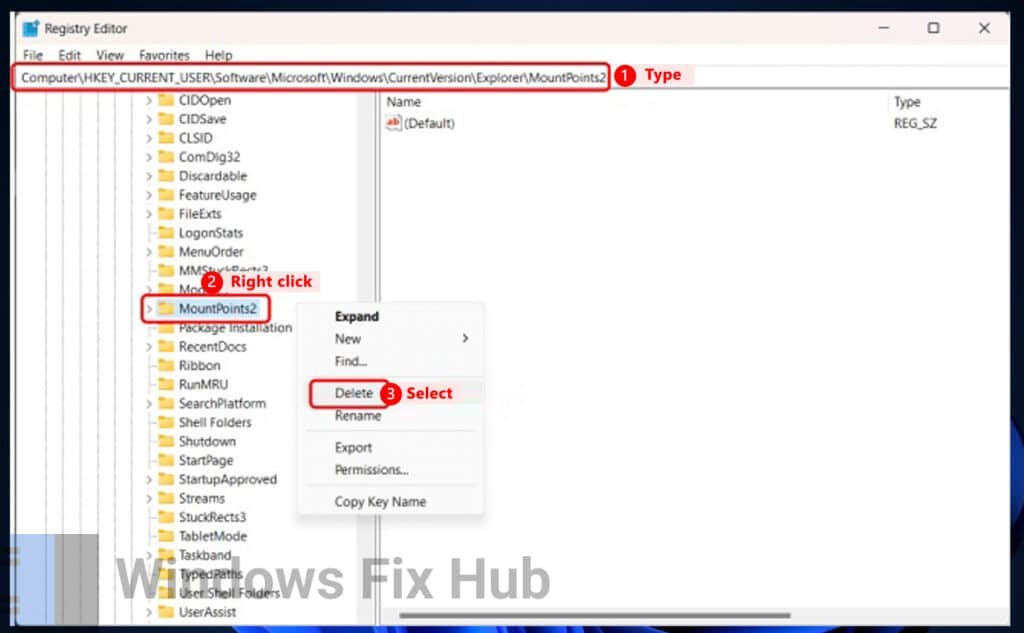
By doing this, you’re removing that specific key from the registry. This might help fix the error you’re experiencing. But remember, be careful when making changes in the registry, as it can affect your system if done incorrectly.
4: Adjust ProtectionMode Value in Windows Registry
You can change a value in the Windows registry called “ProtectionMode”. Here’s how:
- Press the ‘Windows+R’ keys to open the “Run” Command box.
- Type “regedit” into the field and press ‘Enter’. This opens the “Registry Editor”.
- In the “Registry Editor”, navigate to a specific location by following this path:
HKEY_LOCAL_MACHINE\System\CurrentControlSet\Control\Session Manager - Look for a value called “ProtectionMode” on the right side of the window.
- Right-click on “ProtectionMode” and select “Modify”.
- Change the value to ‘1’, then click “OK” to save the changes.
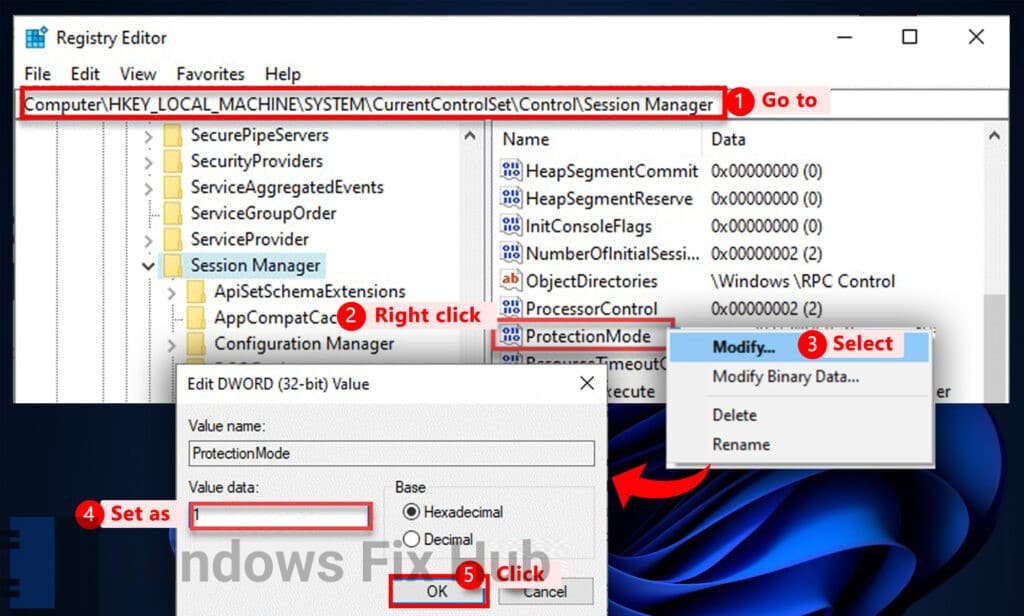
- After making this change, restart your computer and see if the error is gone. But remember, changing values in the registry can affect your system, so be careful and make sure you follow the steps correctly.
Final Words
In conclusion, troubleshooting the ‘Local Device Name is already in use’ error might be a little tricky but with these easy and advanced solutions you can address the issue effectively.
We rigorously select and test all the fix steps, so we hope our solutions have assisted you in resolving the error.
iobit Advanced System Care is used by millions of users worldwide.
It’s a “must-have” for every PC or MAC user who wants:
- To fix common PC errors automatically
- To speed up their computer performance
- To fully secure their device

